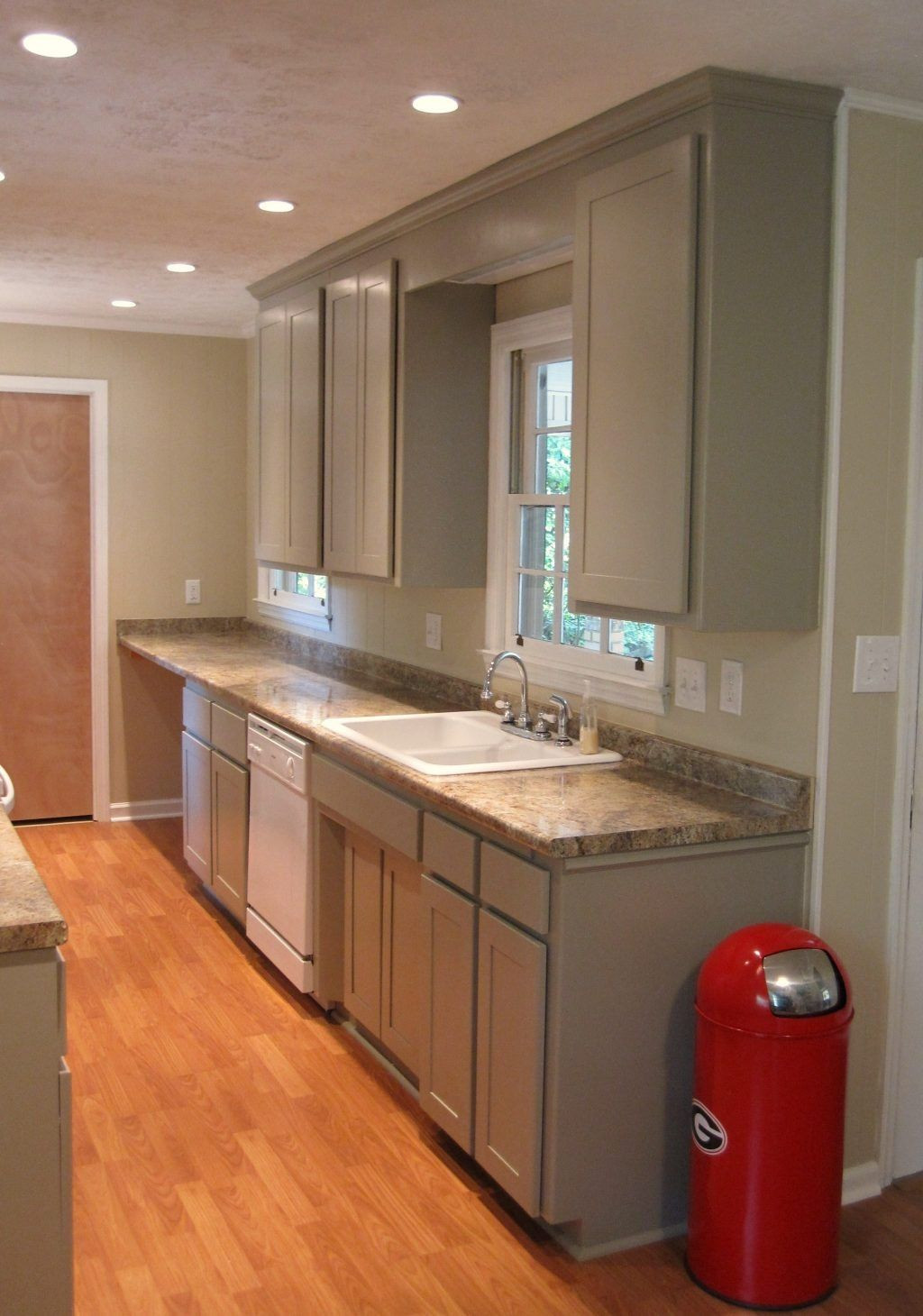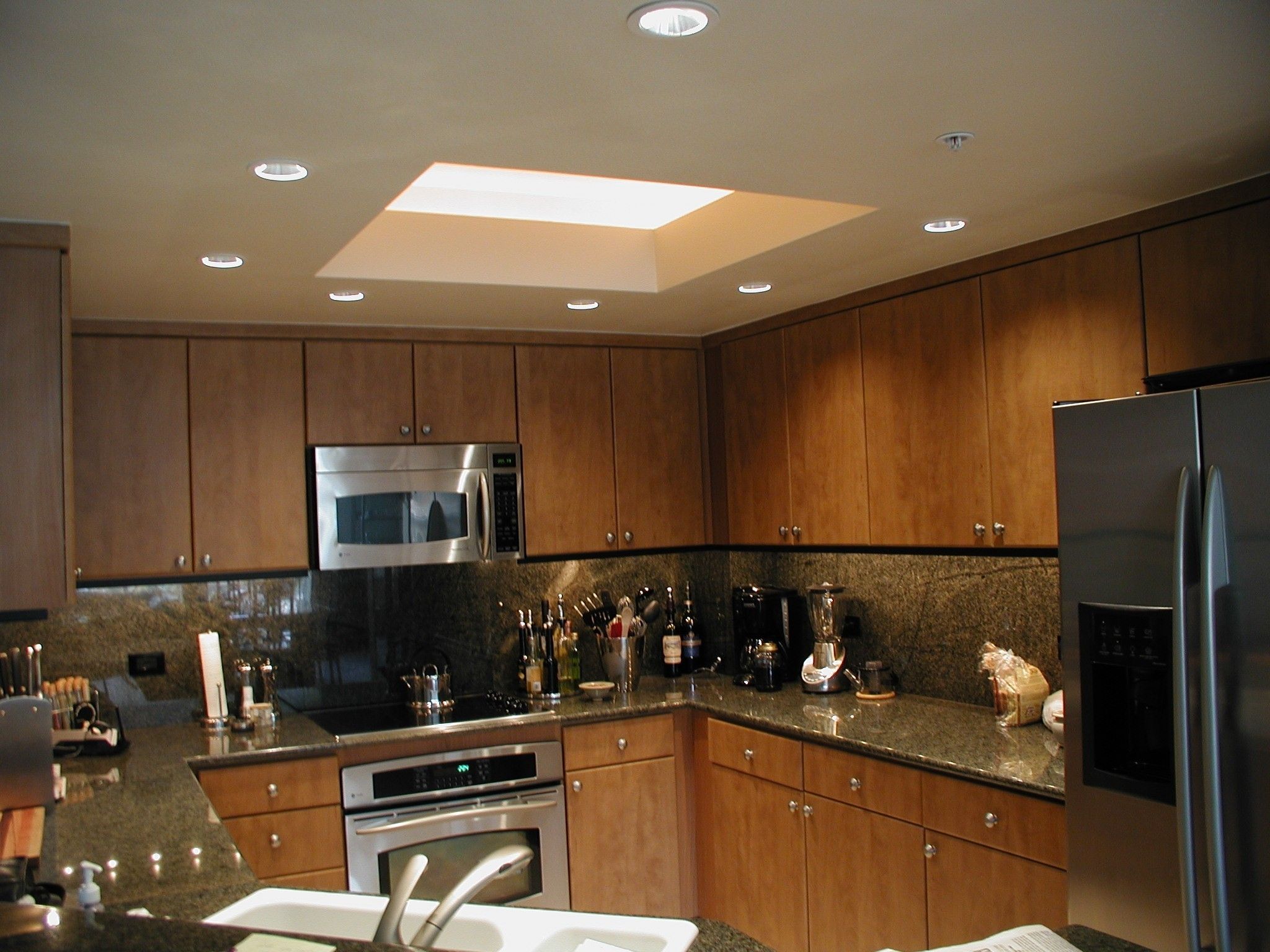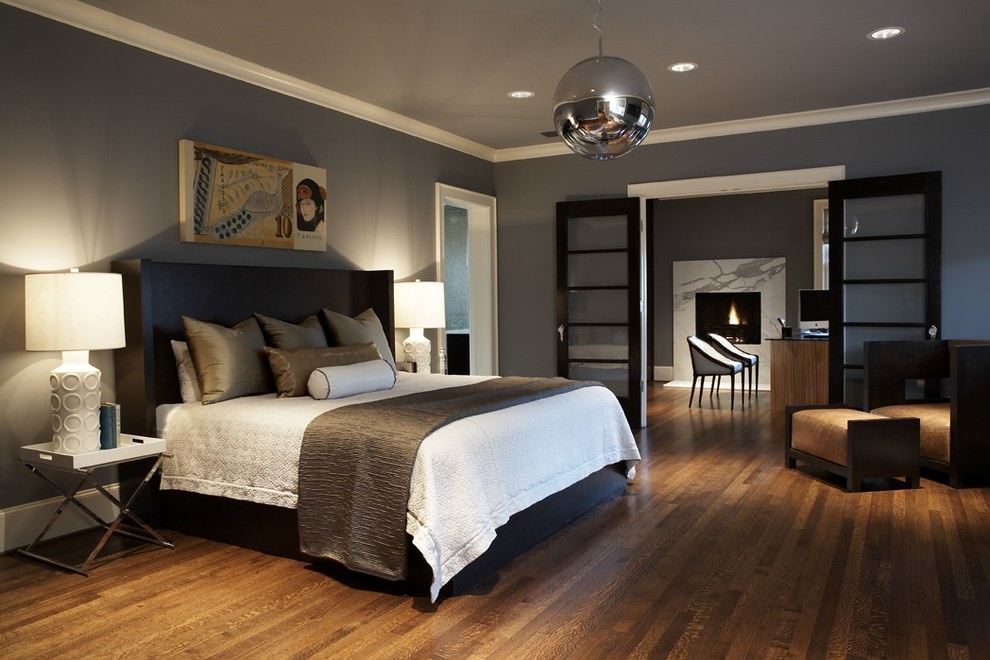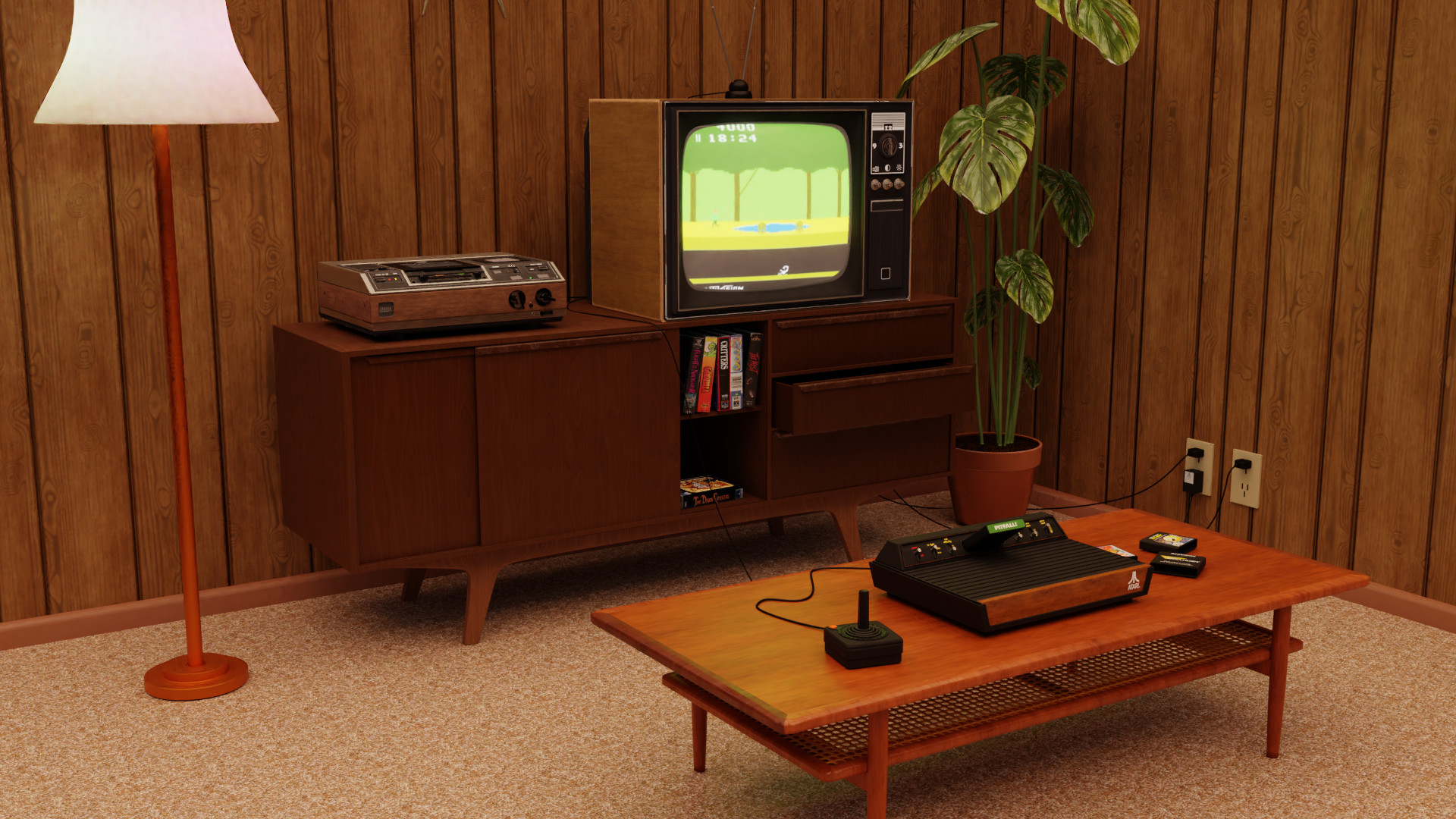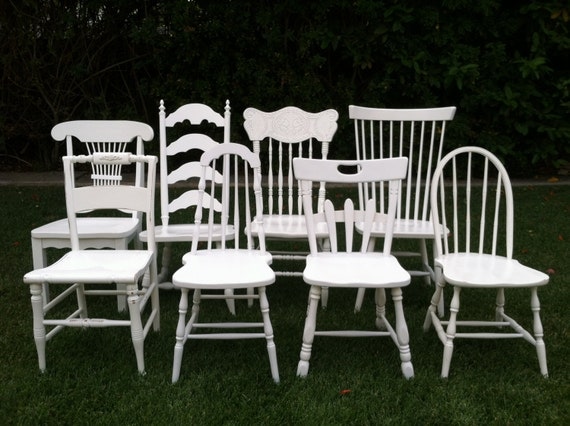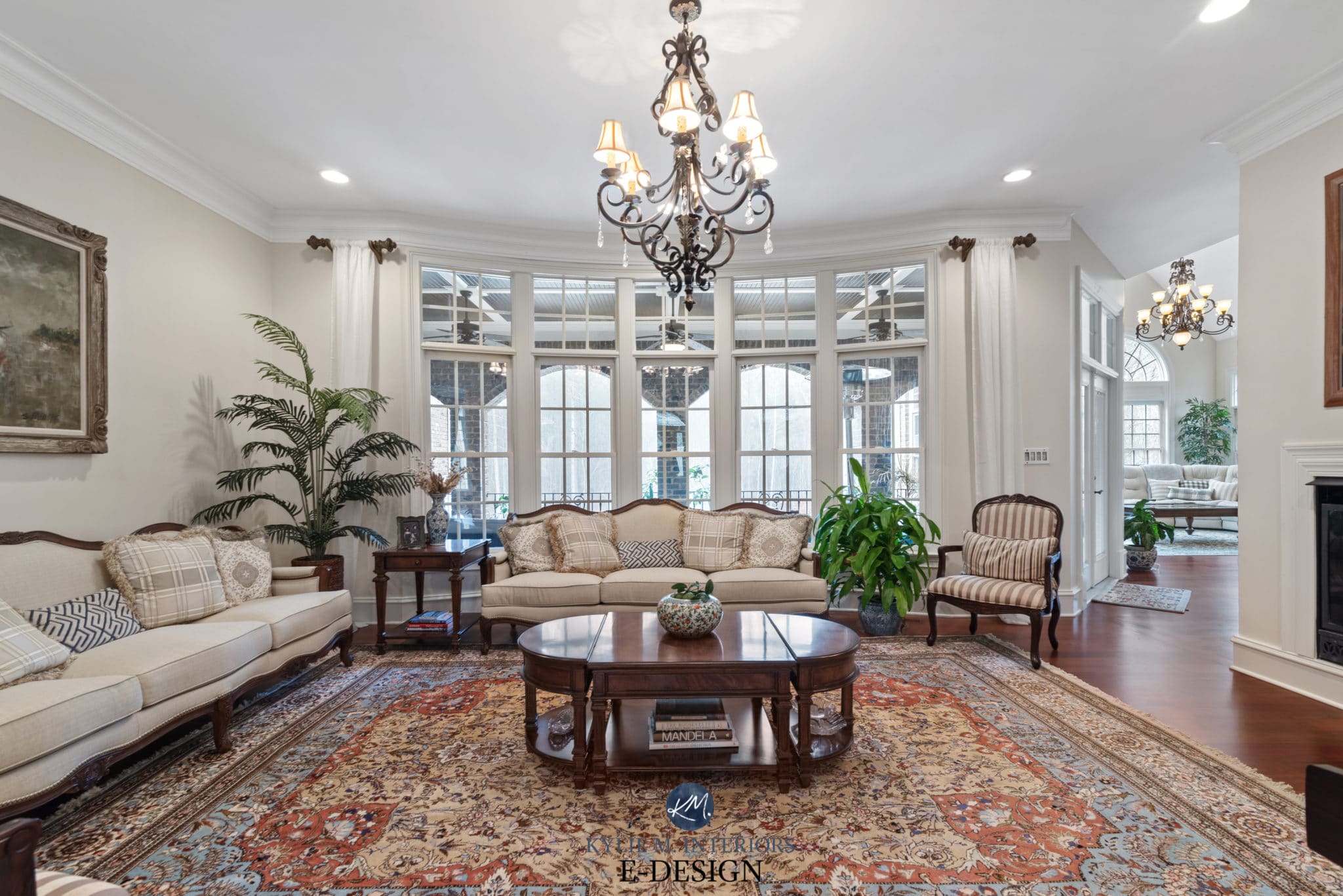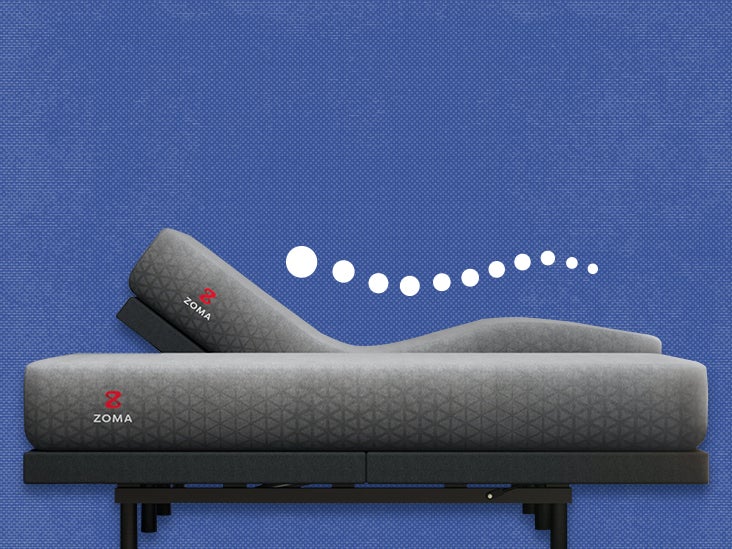Recessed lighting can be a great addition to any kitchen, providing a sleek and modern look while also illuminating the space for cooking and entertaining. However, proper placement is key to achieving the best results with this type of lighting. Here are 10 tips for planning the placement of recessed lighting in your kitchen.How to Plan Recessed Lighting Placement in a Kitchen
When it comes to recessed lighting placement in a kitchen, there are a few things to keep in mind. First, consider the function of the space. Will you primarily be using the kitchen for cooking, entertaining, or both? This will help determine where the lighting will be most beneficial. Another important factor is the size and layout of your kitchen. Larger kitchens may require more recessed lights to properly illuminate the space, while smaller kitchens may only need a few strategically placed lights.Recessed Lighting Placement in a Kitchen: Everything You Need to Know
1. Start with the main work areas: The most important areas to have proper lighting in a kitchen are the countertops, stove, and sink. These are the areas where you will be doing most of your food prep and cooking, so make sure they are well-lit. 2. Avoid shadows: When placing recessed lights, make sure they are not directly above your head or casting shadows on your work surfaces. This can make tasks like chopping and cooking difficult and even dangerous. 3. Consider the height of your ceiling: If you have a higher ceiling, you may want to consider using adjustable recessed lights that can be angled to direct light where it is needed. 4. Use dimmers: Dimmers are a great way to control the amount of light in your kitchen, allowing you to create a cozy atmosphere for dining or a brighter setting for cooking and cleaning. 5. Don't forget the corners: Corners can often be overlooked when planning recessed lighting placement, but they are important for creating an overall balanced and well-lit space.5 Tips for Perfect Recessed Lighting Placement in Your Kitchen
DO: Use recessed lighting in combination with other types of lighting, such as pendant lights or under-cabinet lights, to create layers of light in your kitchen. DON'T: Overdo it with too many recessed lights. This can create a harsh and unflattering lighting effect. DO: Consider the color temperature of your light bulbs. Cool white bulbs (around 4000K) are often preferred for kitchens as they provide a bright and crisp light. DON'T: Place recessed lights too close together. This can create a "spotlight" effect and make the space feel too bright and harsh.The Dos and Don'ts of Recessed Lighting Placement in a Kitchen
When it comes to maximizing the light in your kitchen, placement is key. Here are a few tips to help you achieve the best results: - Place recessed lights around the perimeter of the room to help create an overall ambient light. - Use recessed lights to highlight specific areas, such as a kitchen island or a piece of artwork on the wall. - Consider using recessed lights with a narrow beam angle to provide focused lighting on certain areas.Maximizing Light: The Best Placement for Recessed Lighting in a Kitchen
In addition to being functional, recessed lighting can also add a touch of style to your kitchen. Here are a few ideas for using recessed lights to enhance the design of your space: - Place recessed lights above cabinets to create a soft glow and add depth to the room. - Use recessed lights to highlight architectural features, such as a exposed brick wall or a vaulted ceiling. - Consider using colored or dimmable LED bulbs for a unique and customizable lighting effect.Recessed Lighting Placement Guide for a Functional and Stylish Kitchen
The best way to determine the placement of recessed lighting in your kitchen is to create a lighting plan. This can be done by drawing a layout of your kitchen and marking where you want the lights to go. Here are a few things to consider when creating your plan: - The size and layout of your kitchen - The function of the space (cooking, entertaining, etc.) - The height of your ceiling - The color temperature and type of bulbs you will be usingHow to Determine the Best Placement for Recessed Lighting in Your Kitchen
If you are going for a modern and bright look in your kitchen, recessed lighting can be a great addition. Here are a few placement ideas to achieve this aesthetic: - Place recessed lights in a grid pattern on the ceiling for a sleek and uniform look. - Use recessed lights under cabinets to provide task lighting and create a modern, floating effect. - Consider using recessed lights with a warm white bulb (around 2700K) for a cozy and inviting feel.Recessed Lighting Placement for a Modern and Bright Kitchen
Proper recessed lighting placement is not only important for achieving the desired look and atmosphere in your kitchen, but it also plays a crucial role in the functionality and safety of the space. By following these placement tips, you can create a well-lit, stylish, and functional kitchen that you will love spending time in.The Importance of Proper Recessed Lighting Placement in a Kitchen
- Avoid placing recessed lights directly above areas where you will be standing or working, as this can create shadows and make tasks more difficult. - Use recessed lights to accentuate architectural features or design elements in your kitchen. - Consider using recessed lights on a dimmer switch for added control over the lighting in your kitchen. - When in doubt, consult with a lighting designer or electrician for expert advice on recessed lighting placement in your kitchen.Expert Tips for Optimal Recessed Lighting Placement in a Kitchen
Why Proper Placement of Recessed Lighting is Crucial in Kitchen Design

Creating the Perfect Kitchen Atmosphere
 The kitchen is often referred to as the heart of the home, and for good reason. It's where families gather to cook, eat, and spend quality time together. Therefore, it's important to create a warm and inviting atmosphere in this space. One way to achieve this is through the use of recessed lighting. This type of lighting not only adds functionality to the kitchen, but also helps to set the mood and ambiance of the room. However, proper placement of recessed lighting is crucial in order to achieve the desired effect.
The kitchen is often referred to as the heart of the home, and for good reason. It's where families gather to cook, eat, and spend quality time together. Therefore, it's important to create a warm and inviting atmosphere in this space. One way to achieve this is through the use of recessed lighting. This type of lighting not only adds functionality to the kitchen, but also helps to set the mood and ambiance of the room. However, proper placement of recessed lighting is crucial in order to achieve the desired effect.
Enhancing Task Lighting
 Recessed lighting is a great way to provide task lighting in the kitchen. Whether you're chopping vegetables or reading a recipe, having adequate lighting is essential for completing tasks efficiently and safely. By strategically placing recessed lights above work areas, such as the stove and countertops, you can ensure that you have enough light to see what you're doing without casting shadows on your workspace.
Keywords: proper placement of recessed lighting, task lighting, kitchen design, warm and inviting atmosphere, functionality, mood, ambiance, strategically placing, work areas, stove, countertops
Recessed lighting is a great way to provide task lighting in the kitchen. Whether you're chopping vegetables or reading a recipe, having adequate lighting is essential for completing tasks efficiently and safely. By strategically placing recessed lights above work areas, such as the stove and countertops, you can ensure that you have enough light to see what you're doing without casting shadows on your workspace.
Keywords: proper placement of recessed lighting, task lighting, kitchen design, warm and inviting atmosphere, functionality, mood, ambiance, strategically placing, work areas, stove, countertops
Improving Overall Illumination
 In addition to task lighting, recessed lighting can also provide general illumination for the entire kitchen. This is especially important in larger kitchens where one central light fixture may not be enough. By strategically placing recessed lights throughout the space, you can evenly distribute light and eliminate any dark corners or shadows. This not only improves the functionality of the kitchen, but also enhances the overall design and aesthetics.
Keywords: general illumination, larger kitchens, central light fixture, evenly distribute light, dark corners, shadows, functionality, design, aesthetics
In addition to task lighting, recessed lighting can also provide general illumination for the entire kitchen. This is especially important in larger kitchens where one central light fixture may not be enough. By strategically placing recessed lights throughout the space, you can evenly distribute light and eliminate any dark corners or shadows. This not only improves the functionality of the kitchen, but also enhances the overall design and aesthetics.
Keywords: general illumination, larger kitchens, central light fixture, evenly distribute light, dark corners, shadows, functionality, design, aesthetics
Creating Visual Interest
 When it comes to kitchen design, details matter. Recessed lighting can be used to highlight specific features or elements in the kitchen, such as a beautiful backsplash or a statement piece of artwork. By placing a spotlight on these areas, you can create visual interest and draw attention to the unique aspects of your kitchen. This adds a touch of personality and style to the space, making it feel more personalized and inviting.
Keywords: kitchen design, details, visual interest, highlight, specific features, backsplash, statement piece, artwork, personality, style, personalized, inviting
When it comes to kitchen design, details matter. Recessed lighting can be used to highlight specific features or elements in the kitchen, such as a beautiful backsplash or a statement piece of artwork. By placing a spotlight on these areas, you can create visual interest and draw attention to the unique aspects of your kitchen. This adds a touch of personality and style to the space, making it feel more personalized and inviting.
Keywords: kitchen design, details, visual interest, highlight, specific features, backsplash, statement piece, artwork, personality, style, personalized, inviting
Conclusion
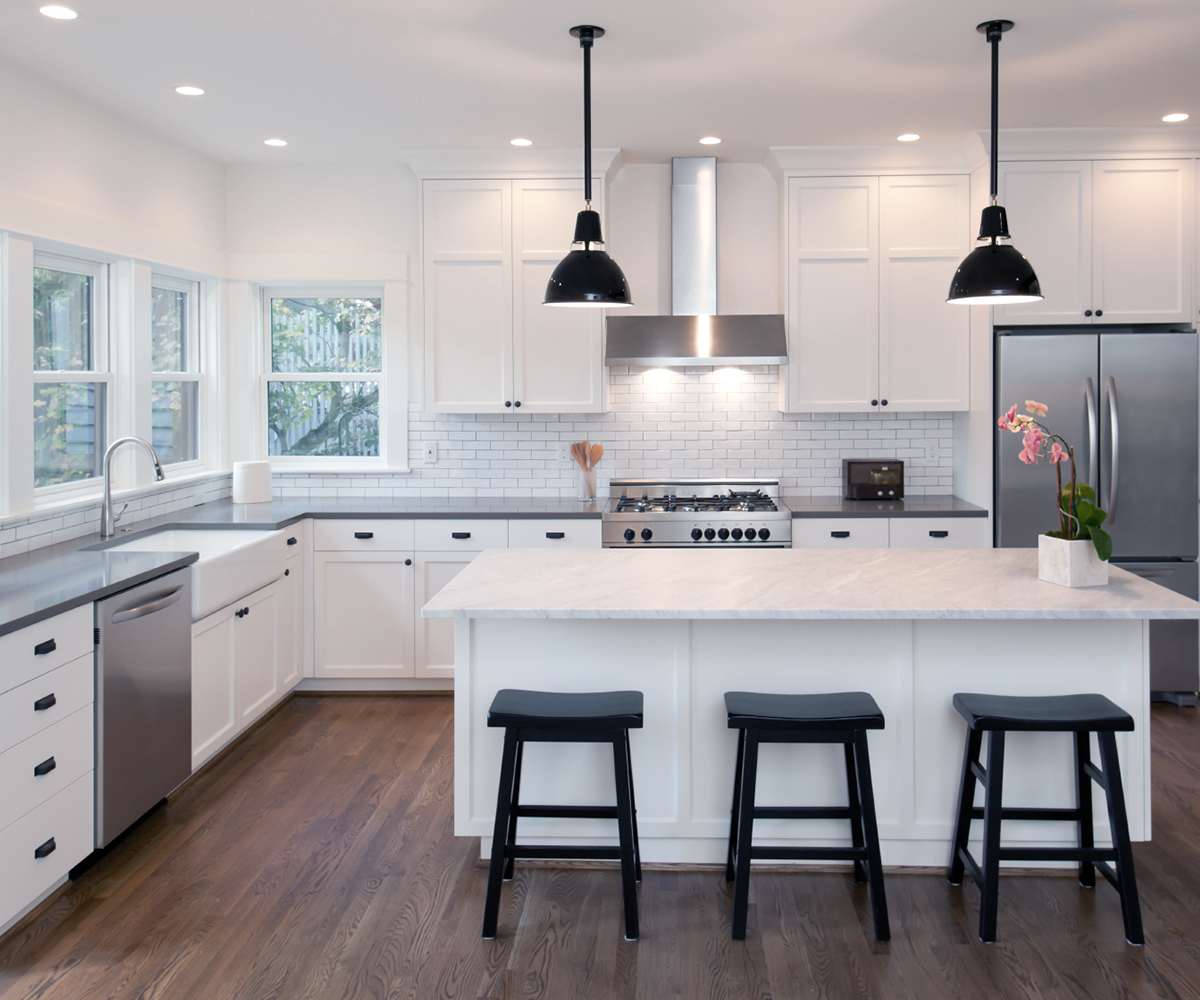 In conclusion, the placement of recessed lighting in the kitchen is crucial for creating the perfect atmosphere, enhancing task lighting, improving overall illumination, and adding visual interest. By strategically placing recessed lights, you can achieve a functional and visually appealing kitchen that is sure to impress. So, when designing your kitchen, don't overlook the importance of proper placement of recessed lighting.
In conclusion, the placement of recessed lighting in the kitchen is crucial for creating the perfect atmosphere, enhancing task lighting, improving overall illumination, and adding visual interest. By strategically placing recessed lights, you can achieve a functional and visually appealing kitchen that is sure to impress. So, when designing your kitchen, don't overlook the importance of proper placement of recessed lighting.






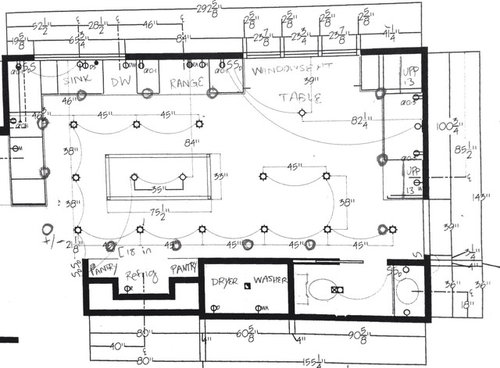










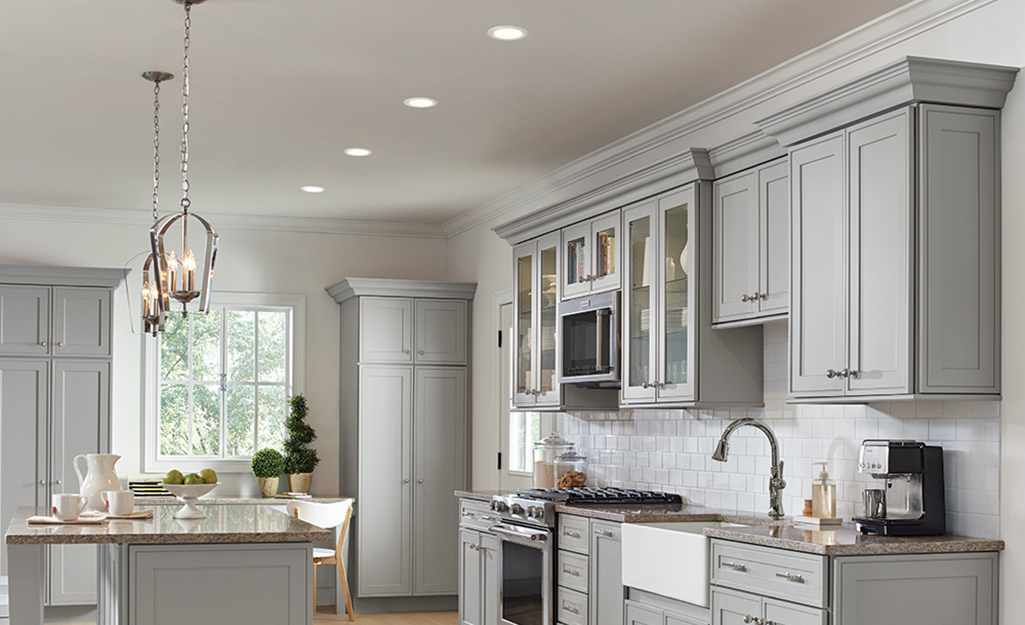


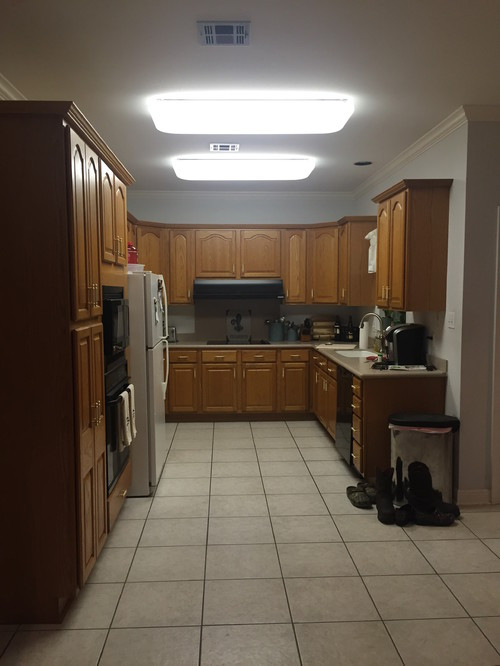


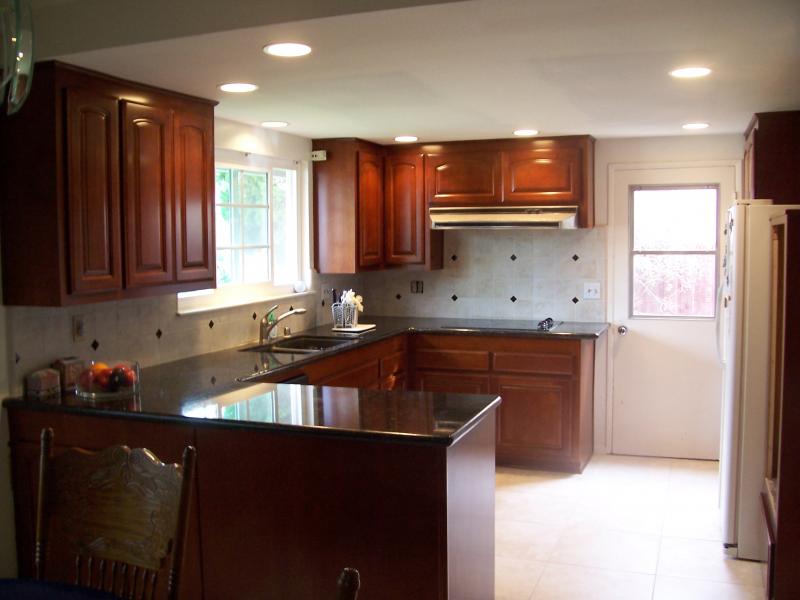
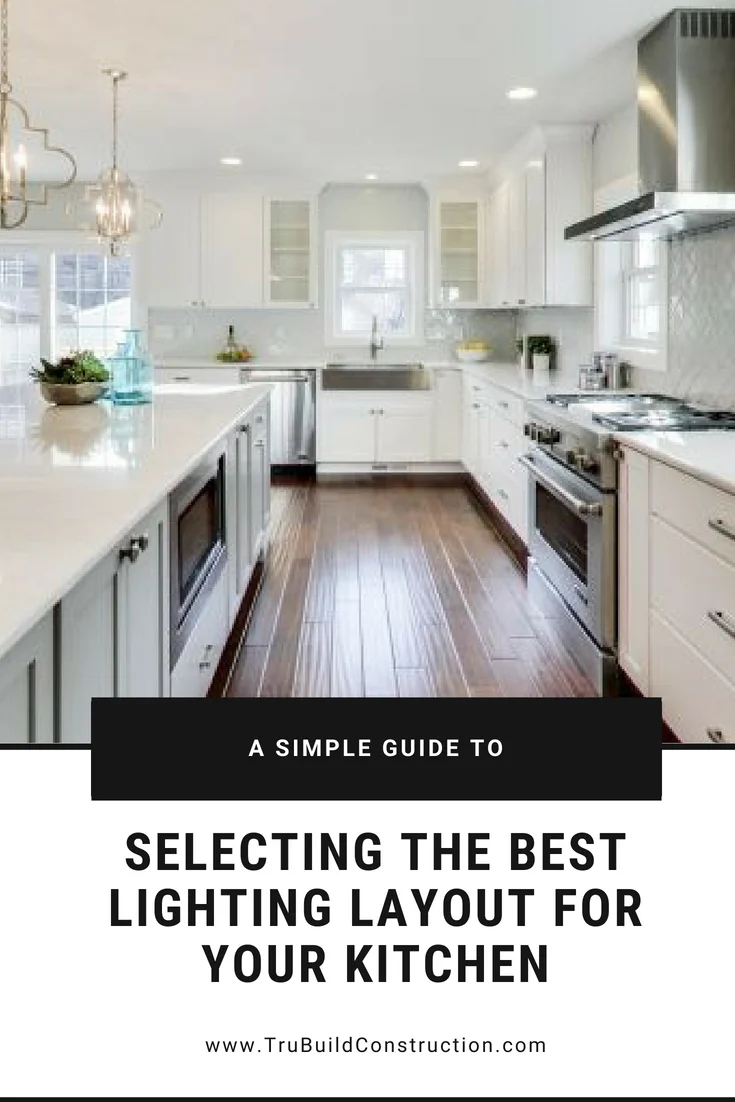


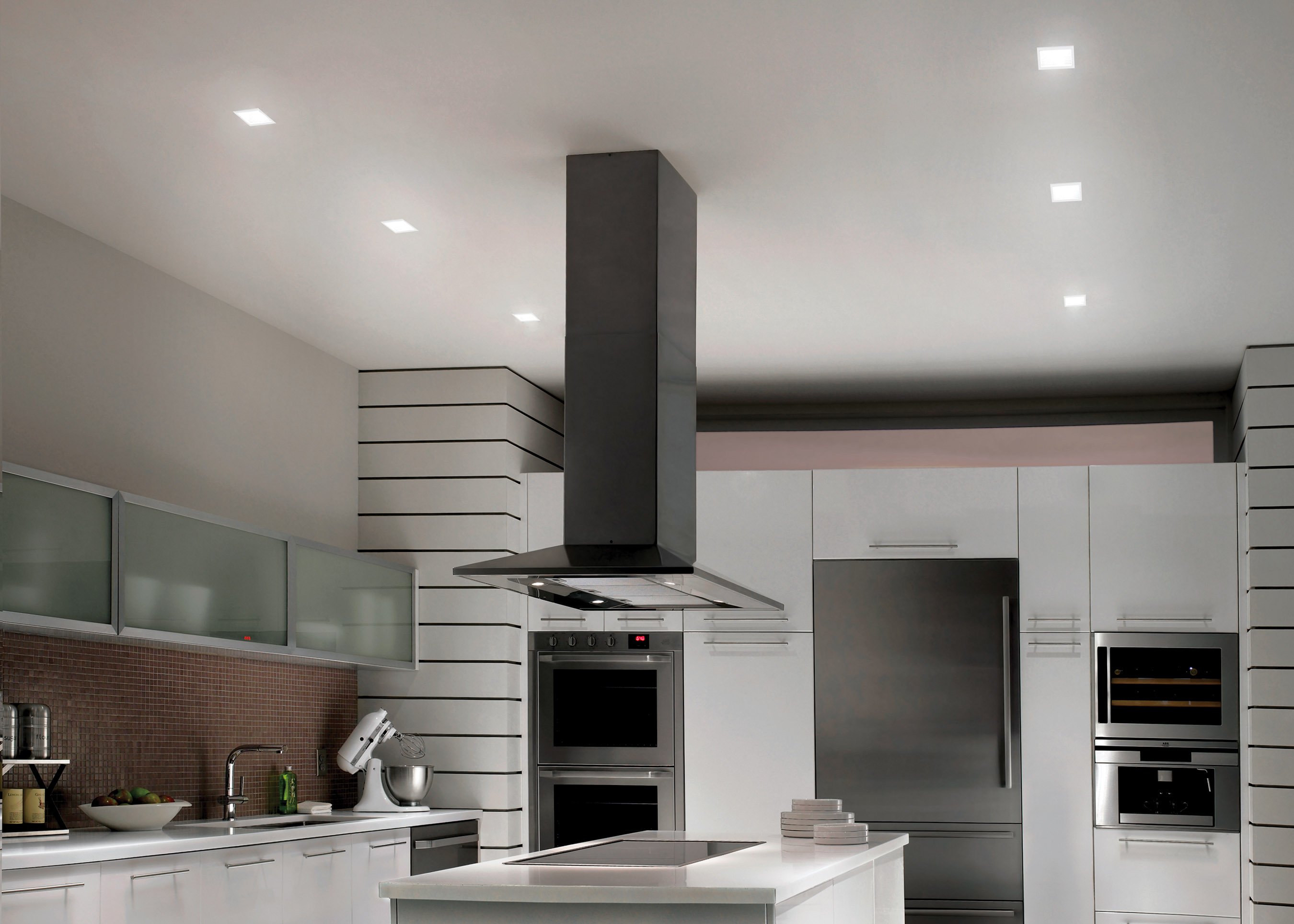

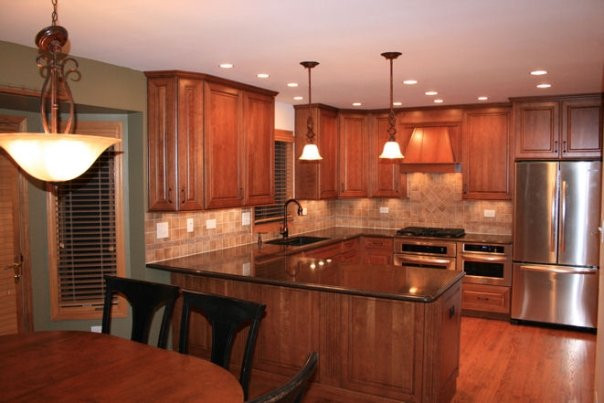



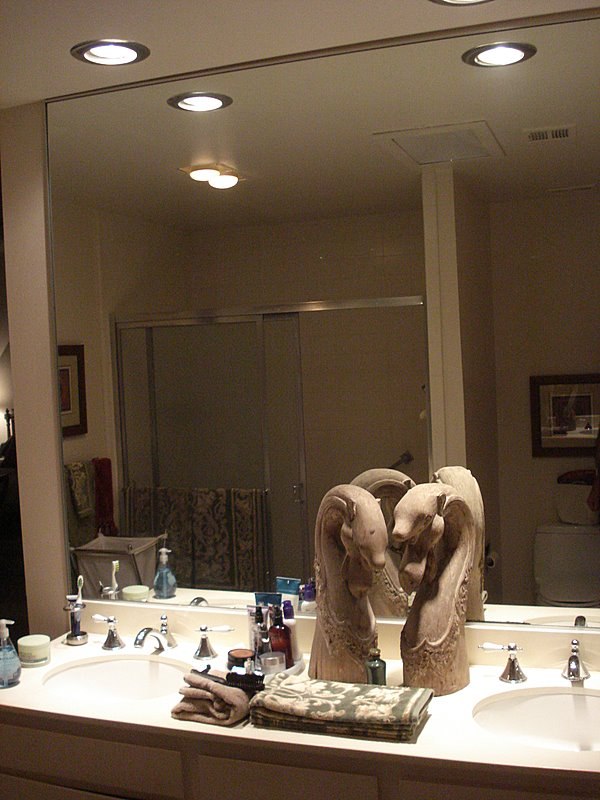











:max_bytes(150000):strip_icc()/kitchenrecessedlighting-GettyImages-155383268-dec5caad600541ff81cbdd6d06846c66.jpg)
